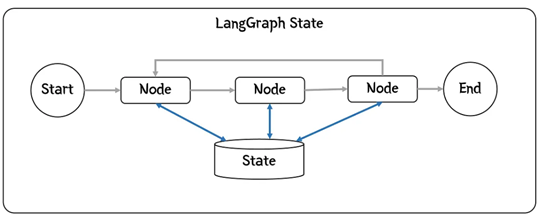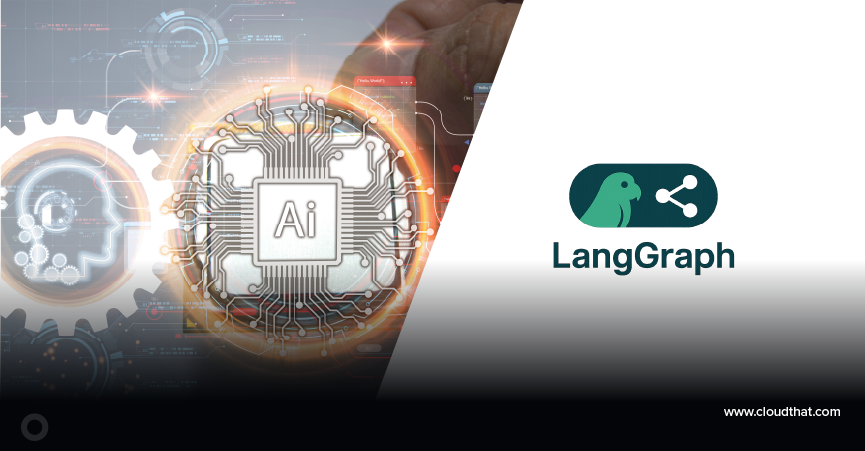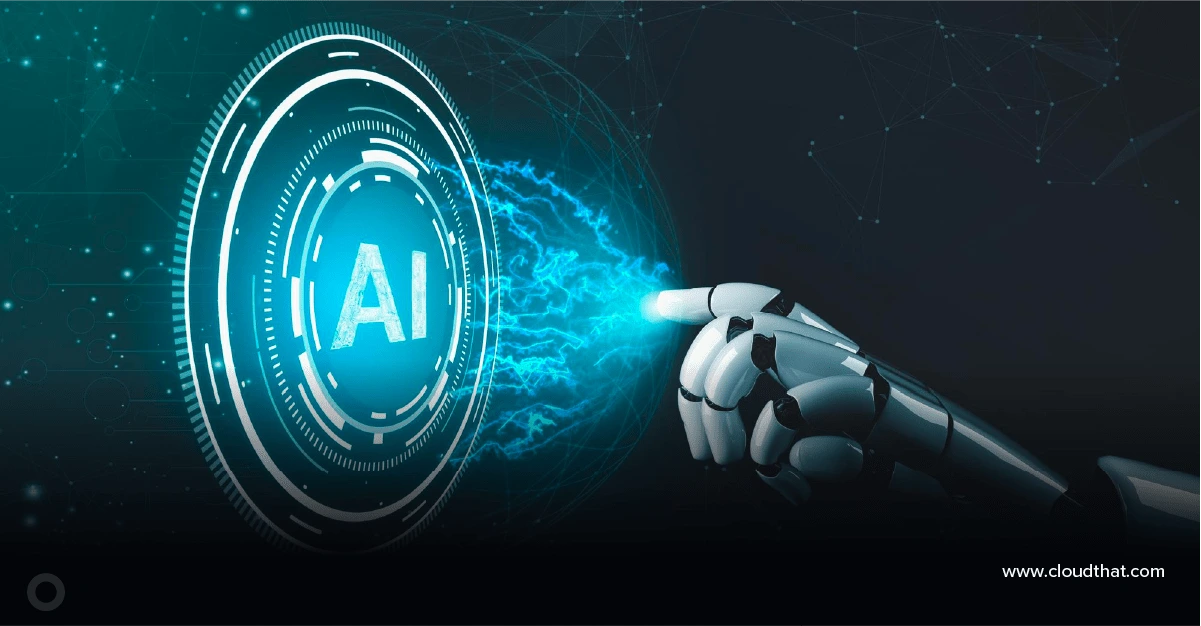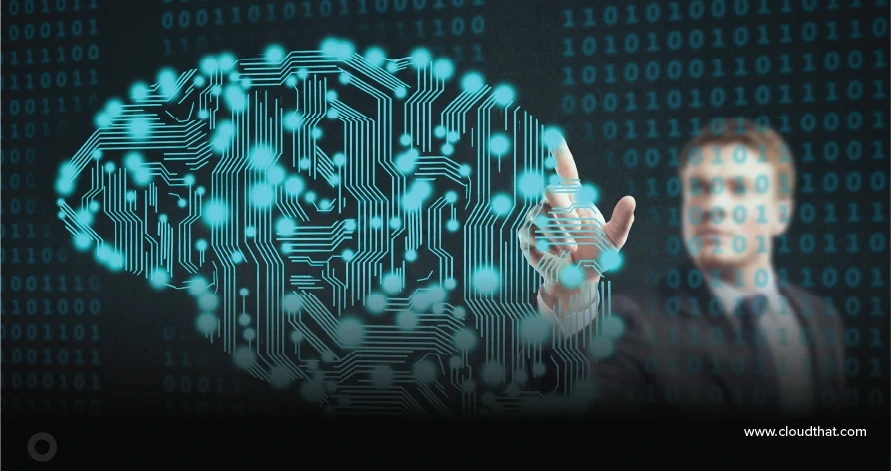|
Voiced by Amazon Polly |
In the evolving landscape of AI-powered applications, LangGraph has emerged as a powerful framework for managing multi-step workflows built on top of Large Language Models (LLMs).
One of the core concepts that drives LangGraph’s flexibility and control is the concept of State – the memory and context keeper that enables your AI system to think, decide and evolve dynamically across different stages of execution.
Customized Cloud Solutions to Drive your Business Success
- Cloud Migration
- Devops
- AIML & IoT
Understanding the Role of State in LangGraph
LangGraph, built upon the LangChain ecosystem, allows developers to design graph-based workflows where each node represents a step in a process such as an agent action, tool call or data transformation.
In this workflow, State acts as the shared memory between nodes. It ensures that data produced by one node is accessible and usable by subsequent nodes, even when paths branch, loop or converge.
Essentially, State in LangGraph is what keeps your workflow context-aware, enabling complex decision-making and interaction between nodes.
LangGraph State: A Visual Overview
LangGraph workflow showing state interaction between nodes

The diagram above illustrates the relationship between nodes and the state in a LangGraph workflow:
- Each Node performs a specific function such as querying data, invoking a model or generating a response.
- The State stores intermediate outputs, metadata and shared variables.
- Nodes can read from and write to the state at any point, maintaining continuity throughout the graph execution.
This architecture enables LangGraph to handle branching logic, feedback loops and error recovery gracefully, all while preserving the underlying data context.
Why State Matters
In traditional LLM pipelines, data typically flows in a linear manner – input, process, output. However, real-world applications like multi-agent systems, retrieval-augmented generation (RAG) and autonomous task execution require more sophisticated coordination. That’s where State becomes indispensable.
Here’s why State management in LangGraph is so impactful:
- Context Preservation:
Every node can access what happened previously, including the inputs, outputs and reasoning steps. - Dynamic Flow Control:
Nodes can make decisions based on the current state, enabling conditional branching and adaptive execution. - Parallelism Support:
Multiple nodes can update or reference the same state, allowing efficient task distribution and synchronization. - Error Recovery & Retry:
If one node fails, LangGraph can resume from the saved state without restarting the entire workflow.
Best Practices for Managing State
To make the most of LangGraph’s stateful architecture, consider these best practices:
- Keep State Lean: Store only what’s necessary and avoid large payloads or redundant data.
- Use Meaningful Keys: Maintain readability and avoid overwriting data unintentionally.
- Ensure Immutability (when needed): Prevent unwanted side effects by cloning or versioning the state object.
- Combine with Persistent Storage: For long-running agents, integrate with a database or cache layer for state persistence.
These practices ensure that your LangGraph-based workflows remain maintainable, scalable and robust in production environments.
Real-World Use Cases
State management plays a crucial role in enabling real-world AI solutions, such as:
- Conversational Agents: Maintaining conversation context across multiple interactions.
- Autonomous Data Pipelines: Tracking progress and errors in complex, multi-step ETL flows.
- AI Tutoring Systems: Preserving student performance and personalization data for adaptive feedback.
- DevOps Automation: Managing logs, states and dependencies across multiple automation tasks.
Each of these scenarios benefits from LangGraph’s ability to persist and propagate state seamlessly between nodes.
Learning Path
To explore State in LangGraph and advance your expertise in Agentic AI, many companies offer specialised training programs, one of which is CloudThat. Their courses, like AI-102: Azure AI Engineer Associate and AI-900: Microsoft Azure AI Fundamentals, provide hands-on labs to help you design AI systems.
LangGraph State in Action
The State in LangGraph is the backbone that enables flexible, adaptive and context-aware AI workflows. By maintaining a shared and evolving memory, LangGraph ensures smooth transitions between nodes, robust error handling and dynamic control over workflow execution.
As AI applications become increasingly complex, mastering LangGraph’s state model will empower developers to build more intelligent, scalable and resilient AI systems.
Get your new hires billable within 1-60 days. Experience our Capability Development Framework today.
- Cloud Training
- Customized Training
- Experiential Learning
About CloudThat
CloudThat is an award-winning company and the first in India to offer cloud training and consulting services worldwide. As a Microsoft Solutions Partner, AWS Advanced Tier Training Partner, and Google Cloud Platform Partner, CloudThat has empowered over 850,000 professionals through 600+ cloud certifications winning global recognition for its training excellence including 20 MCT Trainers in Microsoft’s Global Top 100 and an impressive 12 awards in the last 8 years. CloudThat specializes in Cloud Migration, Data Platforms, DevOps, IoT, and cutting-edge technologies like Gen AI & AI/ML. It has delivered over 500 consulting projects for 250+ organizations in 30+ countries as it continues to empower professionals and enterprises to thrive in the digital-first world.

WRITTEN BY Abhishek Srivastava
Abhishek Srivastava is a Subject Matter Expert and Microsoft Certified Trainer (MCT), as well as a Google Cloud Authorized Instructor (GCI), with over 15 years of experience in academia and professional training. He has trained more than 7,000 participants worldwide and has been recognized among the Top 100 Global Microsoft Certified Trainers, receiving awards from Microsoft for his outstanding contributions. Abhishek is known for simplifying complex topics using practical examples and clear explanations. His areas of expertise include AI agents, Agentic AI, Generative AI, LangChain, Machine Learning, Deep Learning, NLP, Data Science, SQL, and cloud technologies such as Azure and Google Cloud. He also has hands-on experience with Snowflake, Python, and Image Processing. His in-depth technical knowledge has made him a sought-after trainer for clients in the USA, UK, Canada, Singapore, and Germany. In his free time, Abhishek enjoys exploring new technologies, sharing knowledge, and mentoring aspiring professionals.


 Login
Login


 November 12, 2025
November 12, 2025 PREV
PREV









Comments